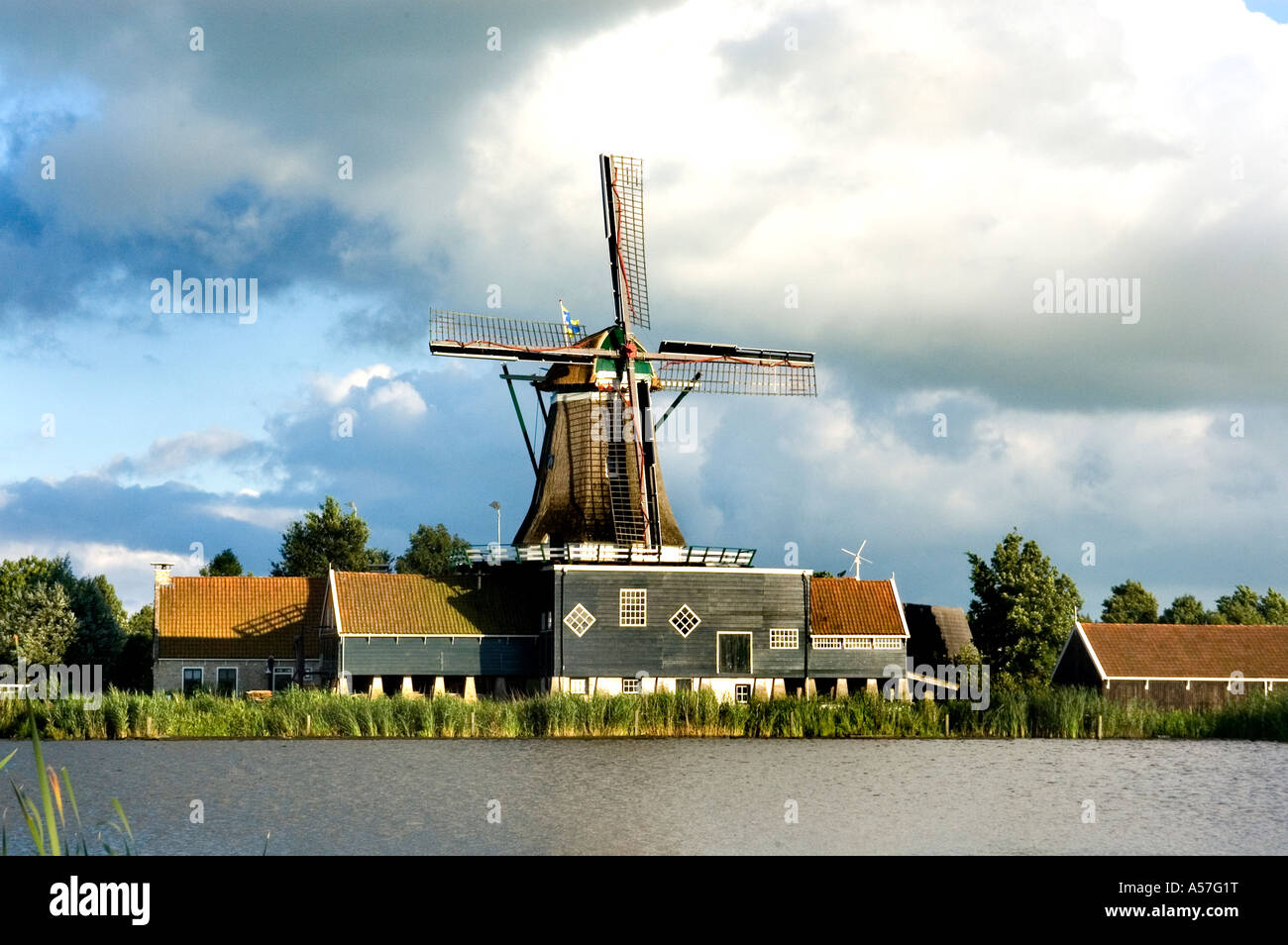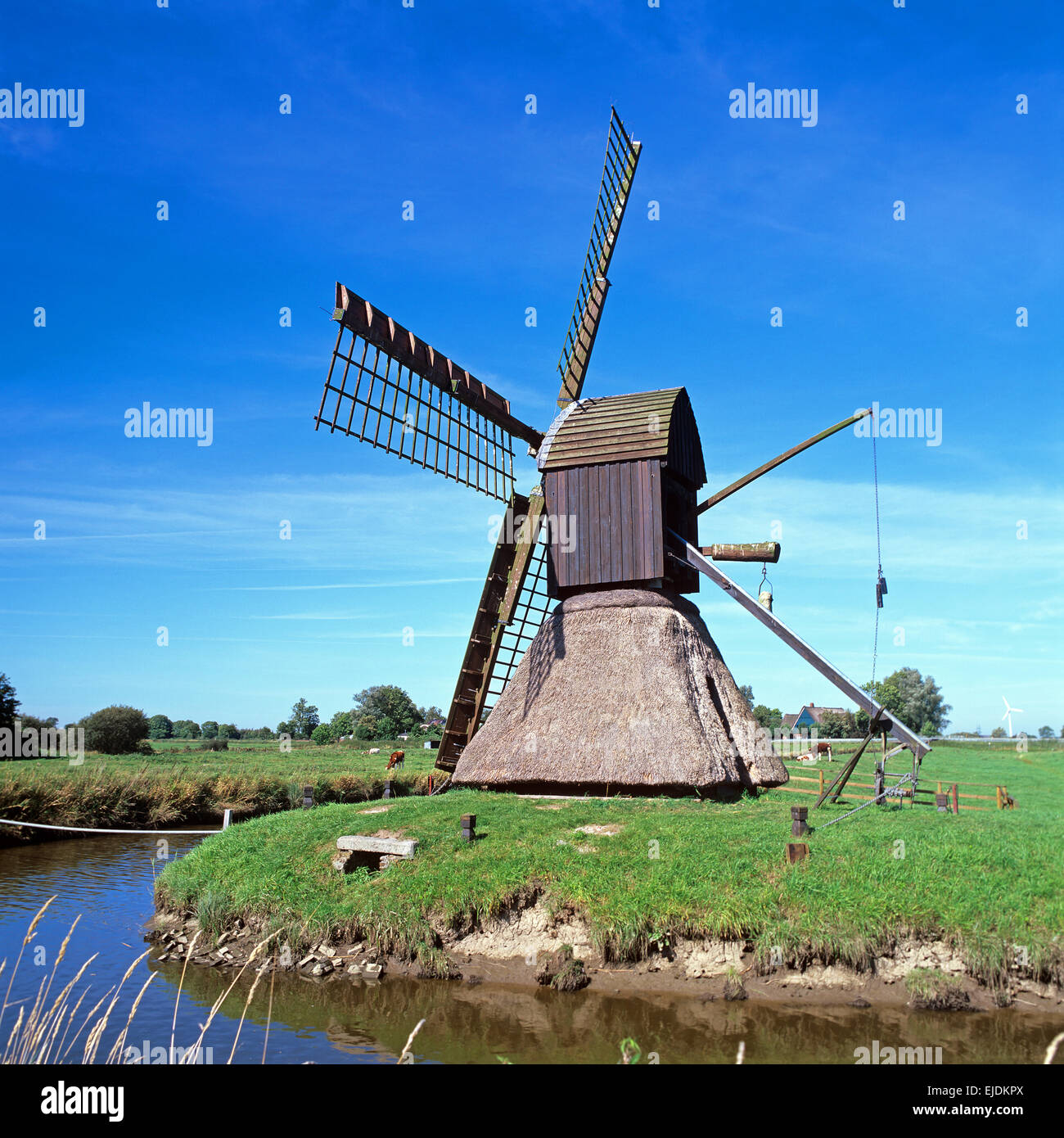Friesland's Windmill Revival: A Community Effort
In the heart of Friesland, the sound of creaking wood and the sight of rotating sails have returned to the landscape. Over the past decade, local communities have banded together to restore these historic windmills, breathing new life into structures that once powered the region's economy. The restoration of the De Rat windmill in IJlst, for example, has become a symbol of this revival. Originally built in 1828, De Rat now grinds grain once more, thanks to the dedication of local volunteers and craftsmen.
Winter Gatherings: Stories and Warmth

As the days grow shorter and the air turns crisp, Friesland's windmills become gathering spots for storytelling and warmth. In the village of Woudsend, the Molen 't Lam hosts winter evenings where locals and visitors alike gather around the fire. These events are filled with tales of the past, shared by millers and historians who recount the windmills' roles in shaping the region's history. The crackling fire and the scent of mulled wine create an inviting atmosphere for these communal gatherings.

The Technical Craft of Windmill Restoration

Restoring a windmill is no small feat. It requires a deep understanding of historical engineering and craftsmanship. The process often involves sourcing authentic materials, such as the oak beams used in the De Vlijt windmill in Wapenveld. Craftsmen meticulously repair or replace parts like the sails and gears, ensuring that each windmill operates as it did centuries ago. This dedication to authenticity not only preserves the windmills but also educates new generations about traditional techniques.
Windmills as Educational Hubs
Beyond their historical significance, Friesland's windmills serve as educational centers. Schools frequently organize field trips to these sites, where students learn about renewable energy and historical engineering. The windmill in Burdaard, for instance, offers workshops where children can build miniature windmills, fostering an appreciation for sustainable practices. These educational initiatives highlight the windmills' role in both preserving history and promoting environmental awareness.










